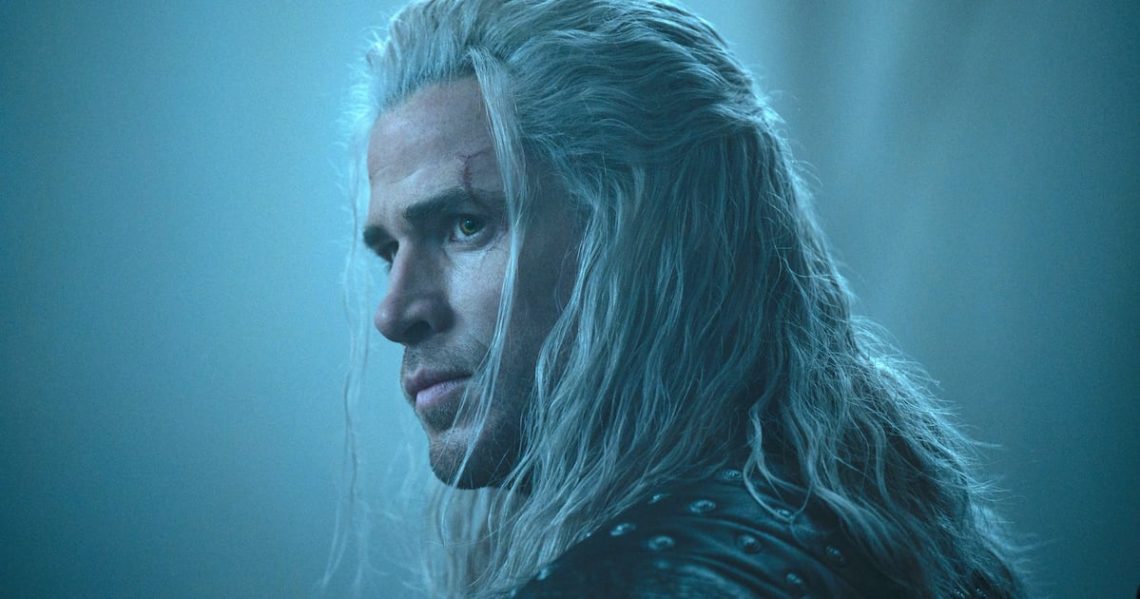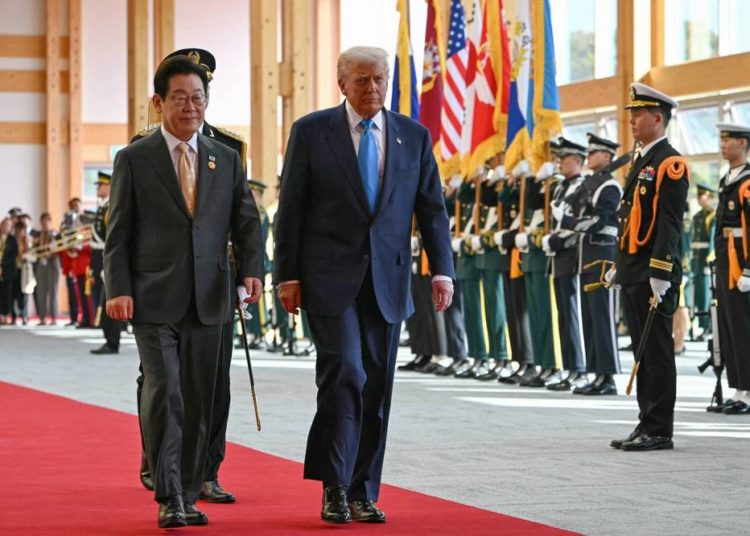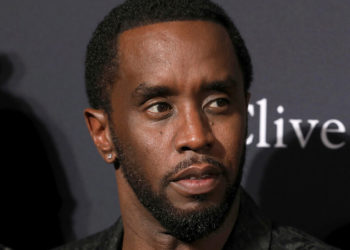The first scene of the newest season of The Witcher, debuting on Netflix Oct. 30, goes back to the beginning. All the way back—to the very first scene of the very first episode: that memorable fight sequence between broad-shouldered, silver-haired Geralt and the giant spiderlike “kikimora” menacing a misty bog.
Except it’s not the Geralt you’d recognize if you watched the first three seasons of Netflix’s fantasy show, because Henry Cavill, the actor who originally played the character on television, has been recast with the equally square-jawed Liam Hemsworth.
The first few scenes of the new season take pains to convince us that it’s been Hemsworth all along, just in case anyone was wondering whether embodying the Witcher meant much more than throwing on a black leather costume and a white wig and muttering occasional swears. As it turns out, not really!
The Witcher has always been an odd bird. Presented as Netflix’s Game of Thrones, the show had the enthusiasm of a dedicated video game fanbase and a smaller but no less vocal group of book series readers behind it, and with a star like Cavill, it surely should have been a hit. But, like pretty much every non-Thrones high-budget fantasy streaming show (The Wheel of Time, The Rings of Power, His Dark Materials), The Witcher never reached the massive success Netflix was likely hoping for. Not every show needs to do that, but The Witcher in particular seems stuck.
Though its star has been recast, there’s a lot in the fourth season that feels overly familiar. Geralt and his reluctant companions are traveling through the no man’s land between warring nations—again. Both Geralt and his on-again-off-again sorceress lover Yennefer (Anya Chalotra) are searching for Ciri (Freya Allan), a young princess carrying Elder blood—again. Ciri is living in disguise to escape the clutches of an evil monarch—again. The Continent’s organization of benevolent female mages is readying for a magical showdown against the all-male Brotherhood—again.
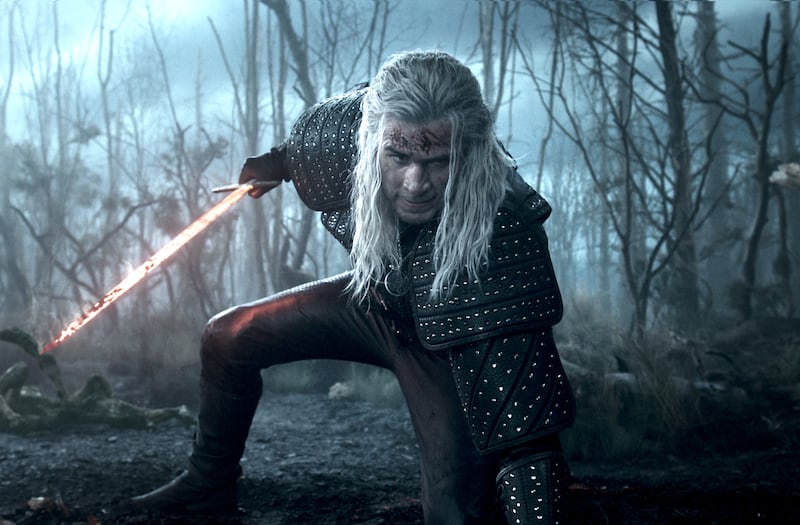
The actors confidently pronounce places like “Sodden” and “Nilfgaard” and address characters named “Vilgefortz” and “Dijkstra” and other complex swirls of consonants and vowels. It sure feels like a season of The Witcher. But is it actually going anywhere??
There is a marked difference in how Geralt himself is characterized, both by the writing and by Hemsworth’s new-ish take on the character. It’s still the same man, but his edges have been softened, and there are moments when you could swear he was even being friendly. Where Cavill’s Witcher felt like a being from another world, Hemsworth’s feels like just a guy trying to stitch his family back together, tired of all the effort it takes to stay detached. He still refuses to laugh at any of bard Jaskier’s dumb jokes.
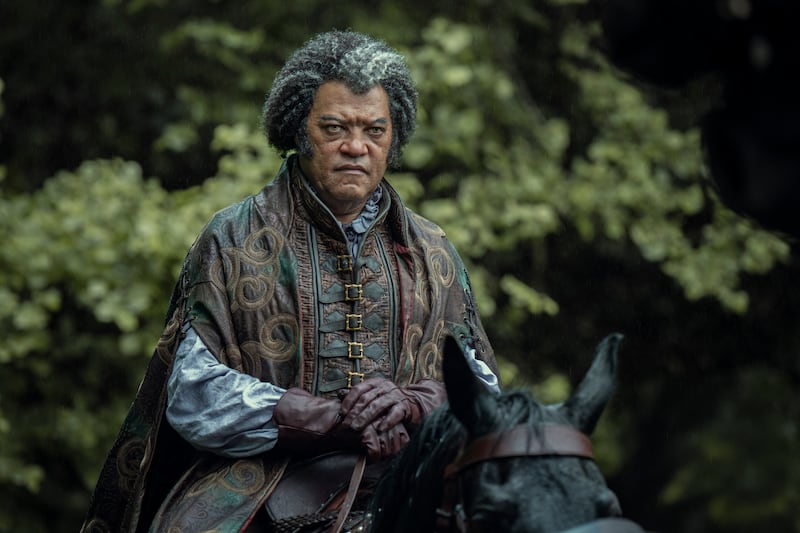
One welcome addition who adds a jolt of excitement to any scene he’s in is Laurence Fishburne, who appears in the new season of The Witcher as Emiel Regis, a “barber-surgeon” whose true identity is closer to one of the creatures Geralt tends to hunt. Fishburne’s unique brand of gravitas and playfulness add a wicked spark to lines like “Our Witcher is in a state of flux.” It’s that type of subtle yet silly energy the show could stand to lean into more.
All told, The Witcher remains what it is: a pretty good fantasy show whose overcomplicated world and lore is a slight but significant barrier to entry, and whose unwillingness to do anything with its narrative other than repeat familiar patterns has grown stale four seasons in.
It’s so same-y that even recasting its main character barely registers after a couple of episodes, and its moments of true interest are few and far between. If you’ve made it this far, you could do worse than keep watching, but you may get the feeling you’ve seen it all before.
The post ‘The Witcher’: Can a Hemsworth Brother Save Netflix’s ‘Game of Thrones’? appeared first on The Daily Beast.
